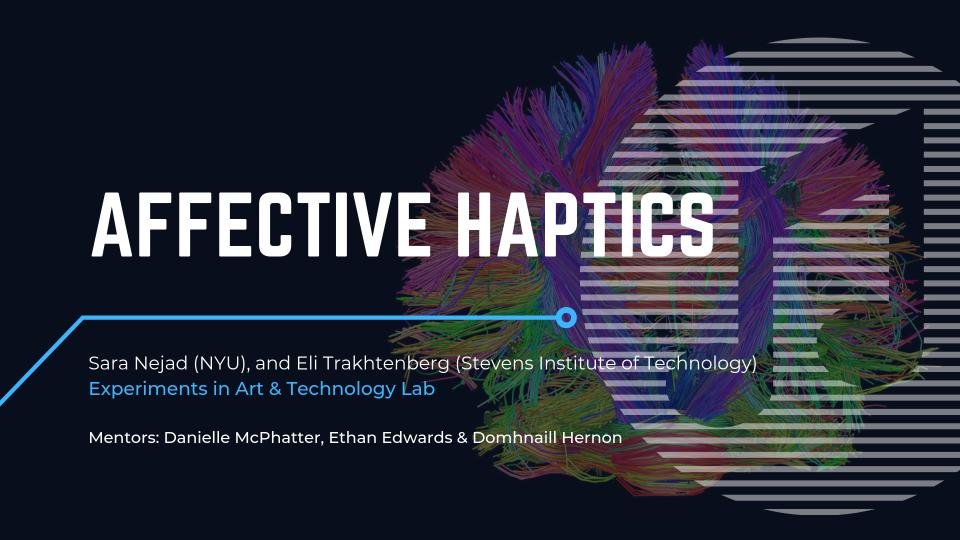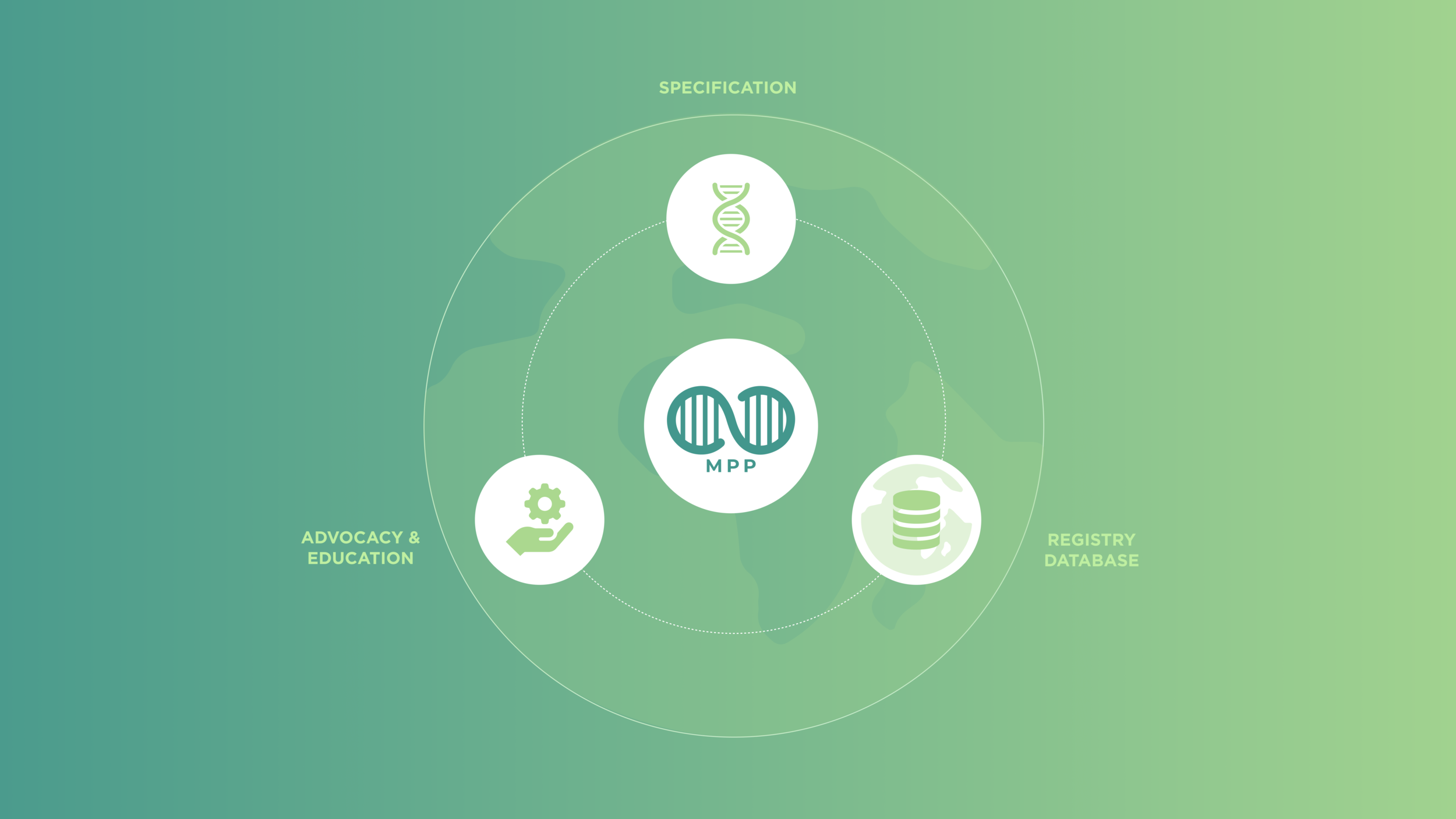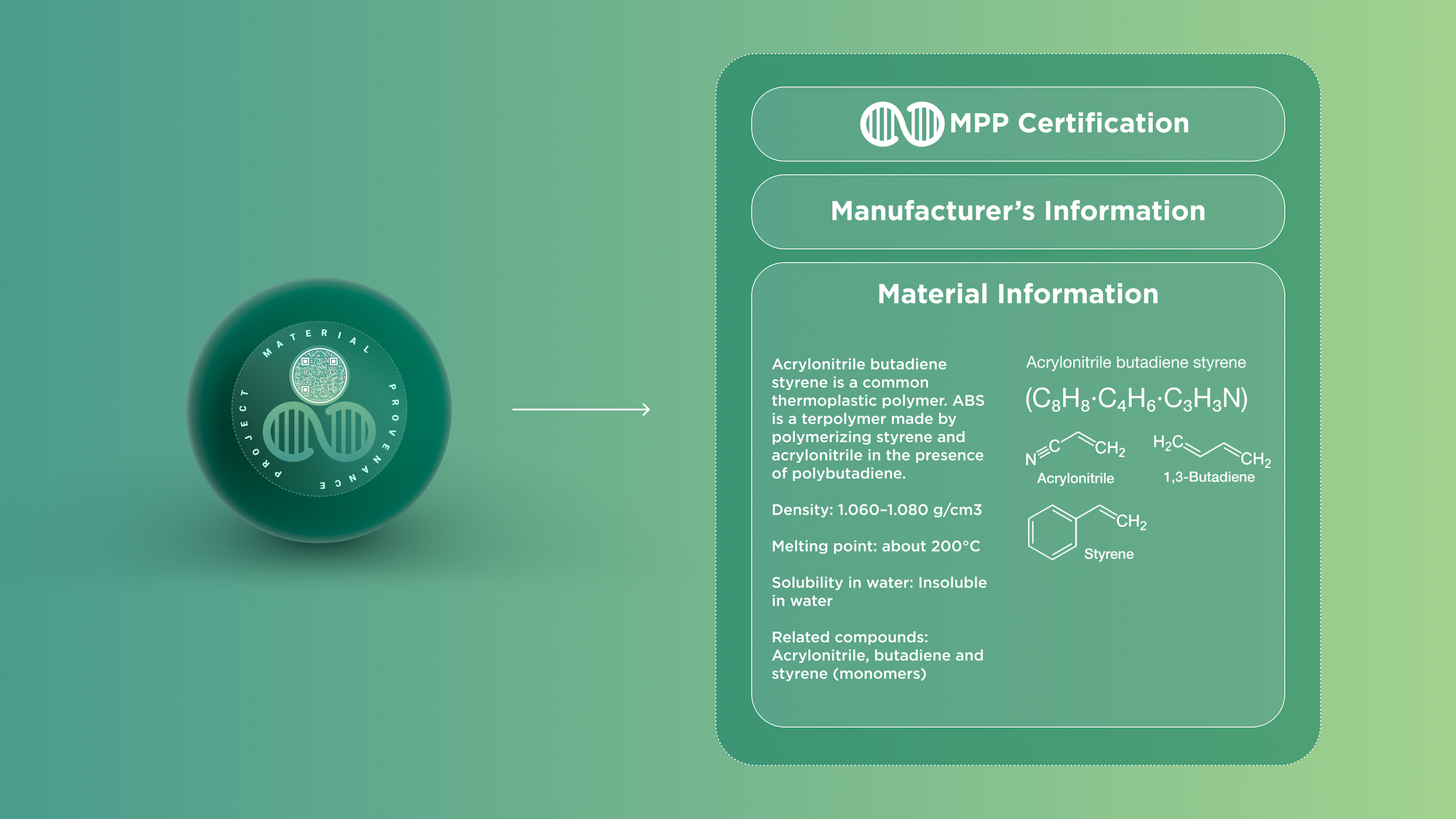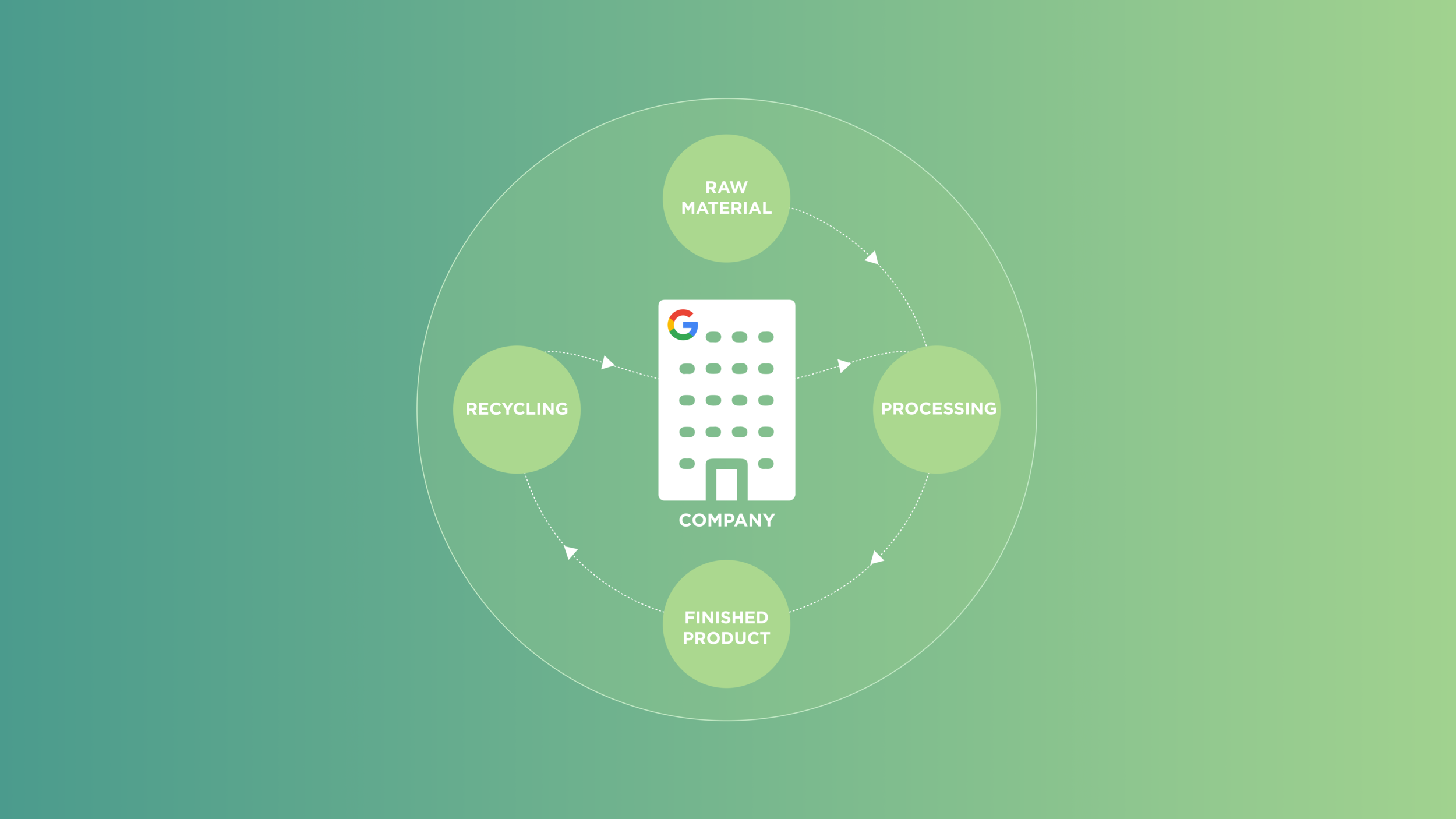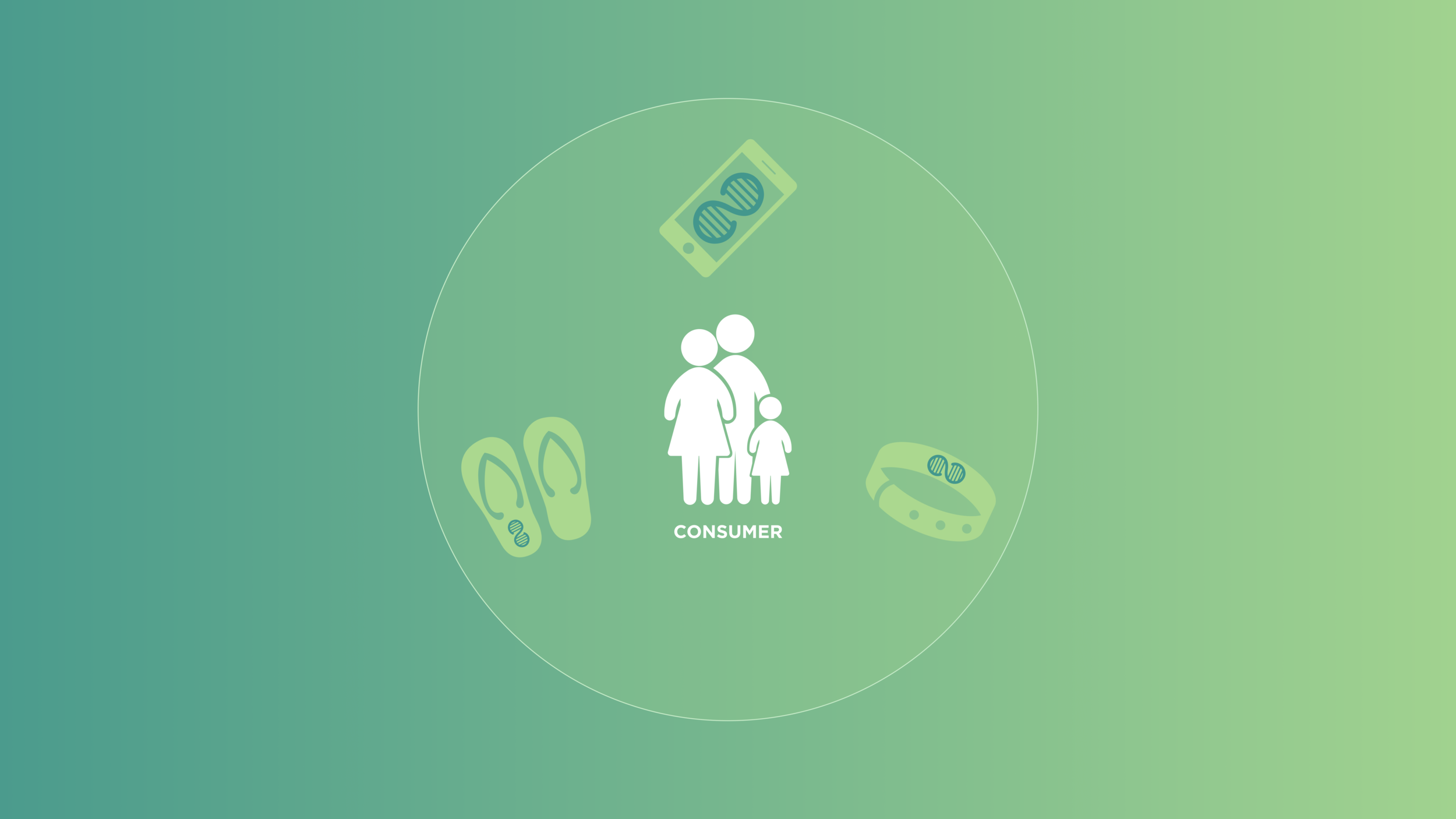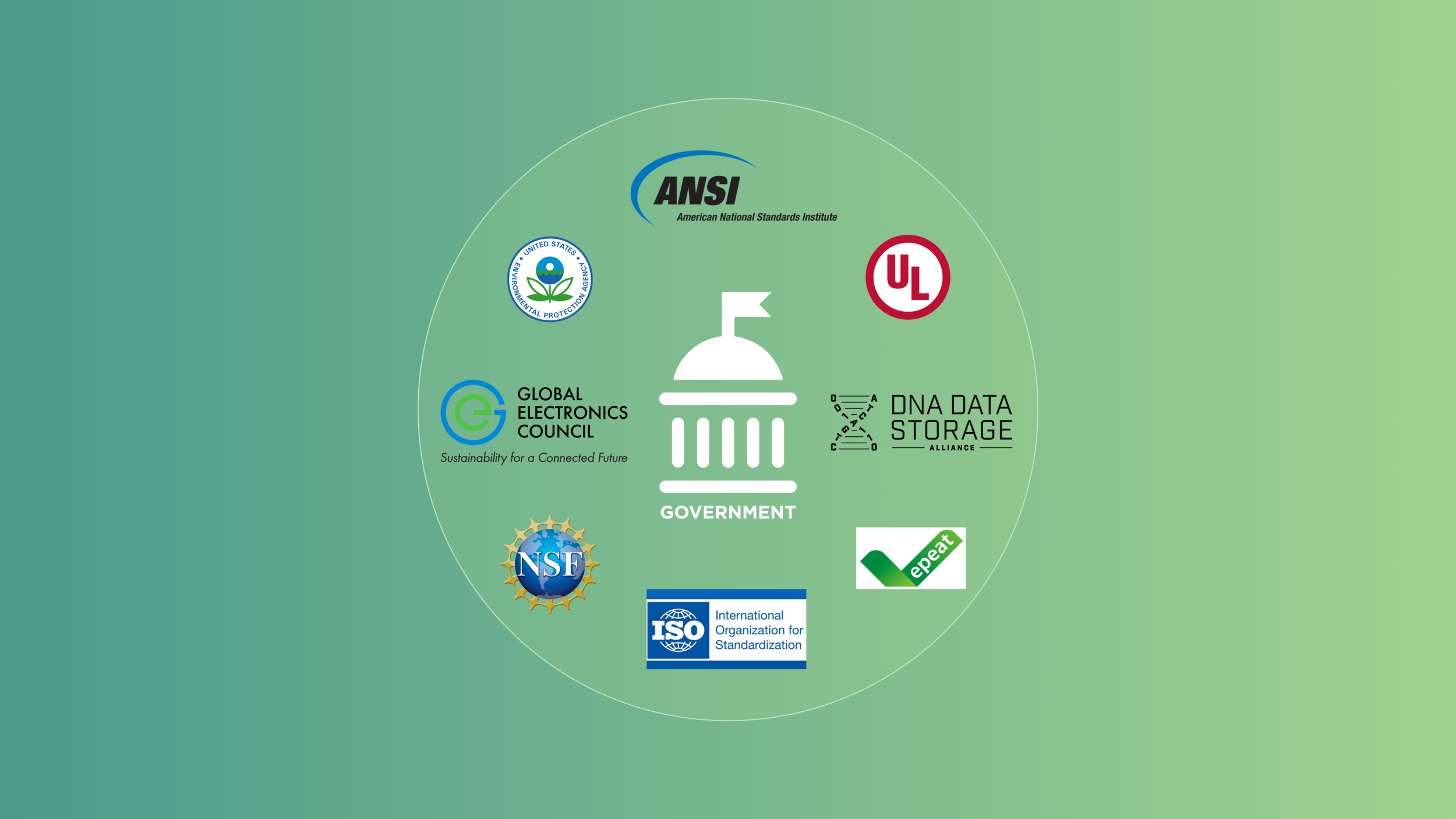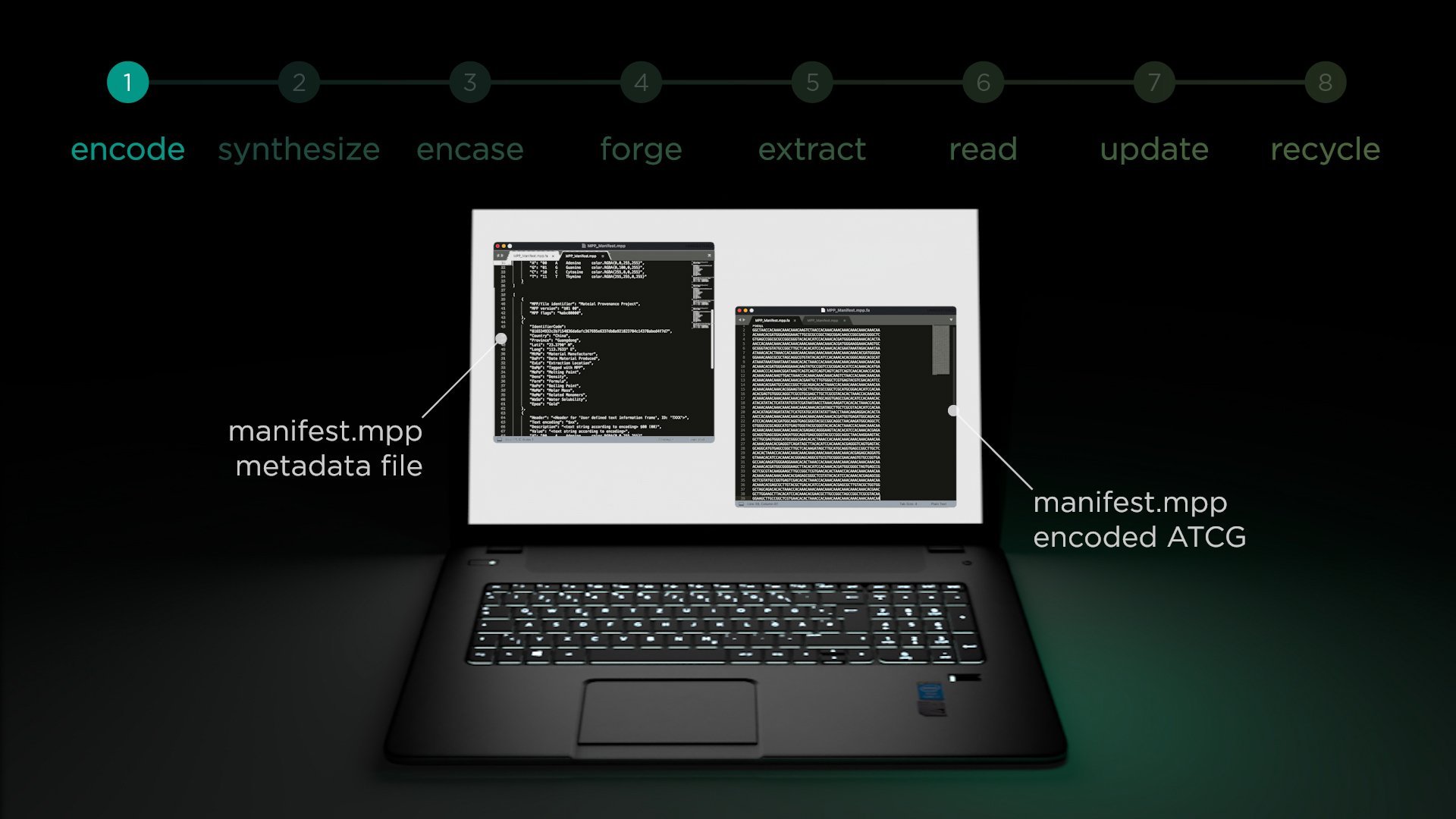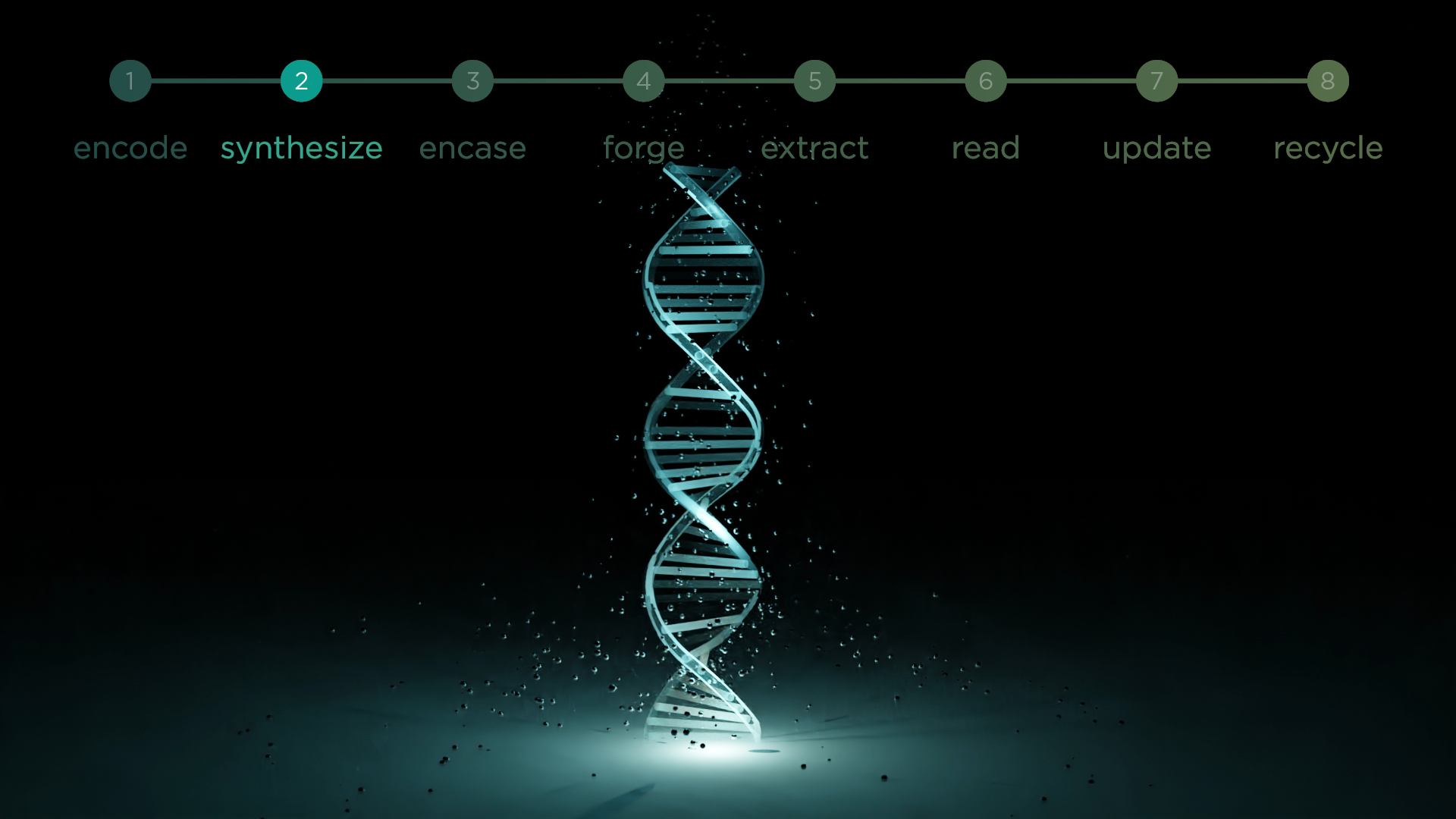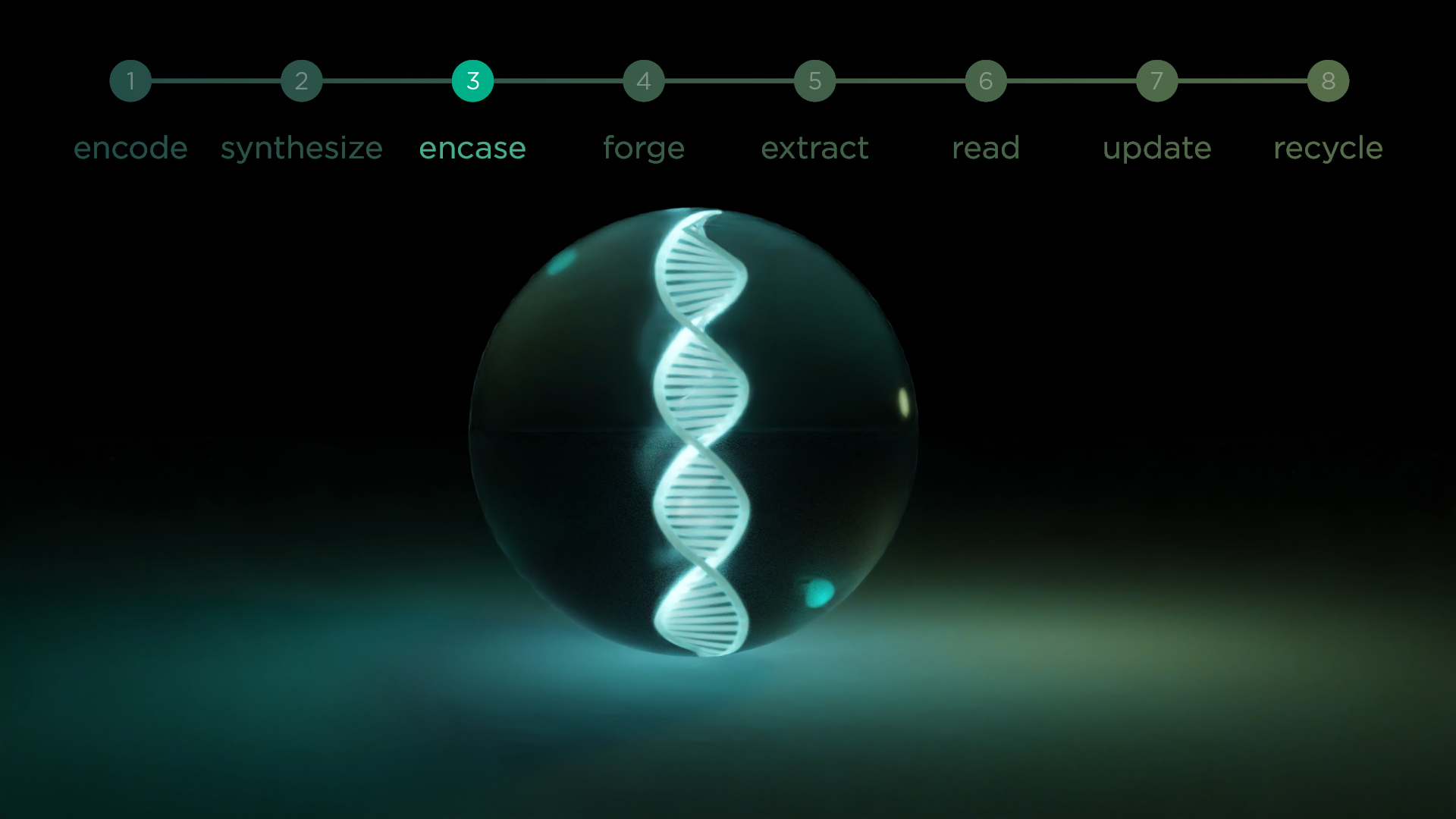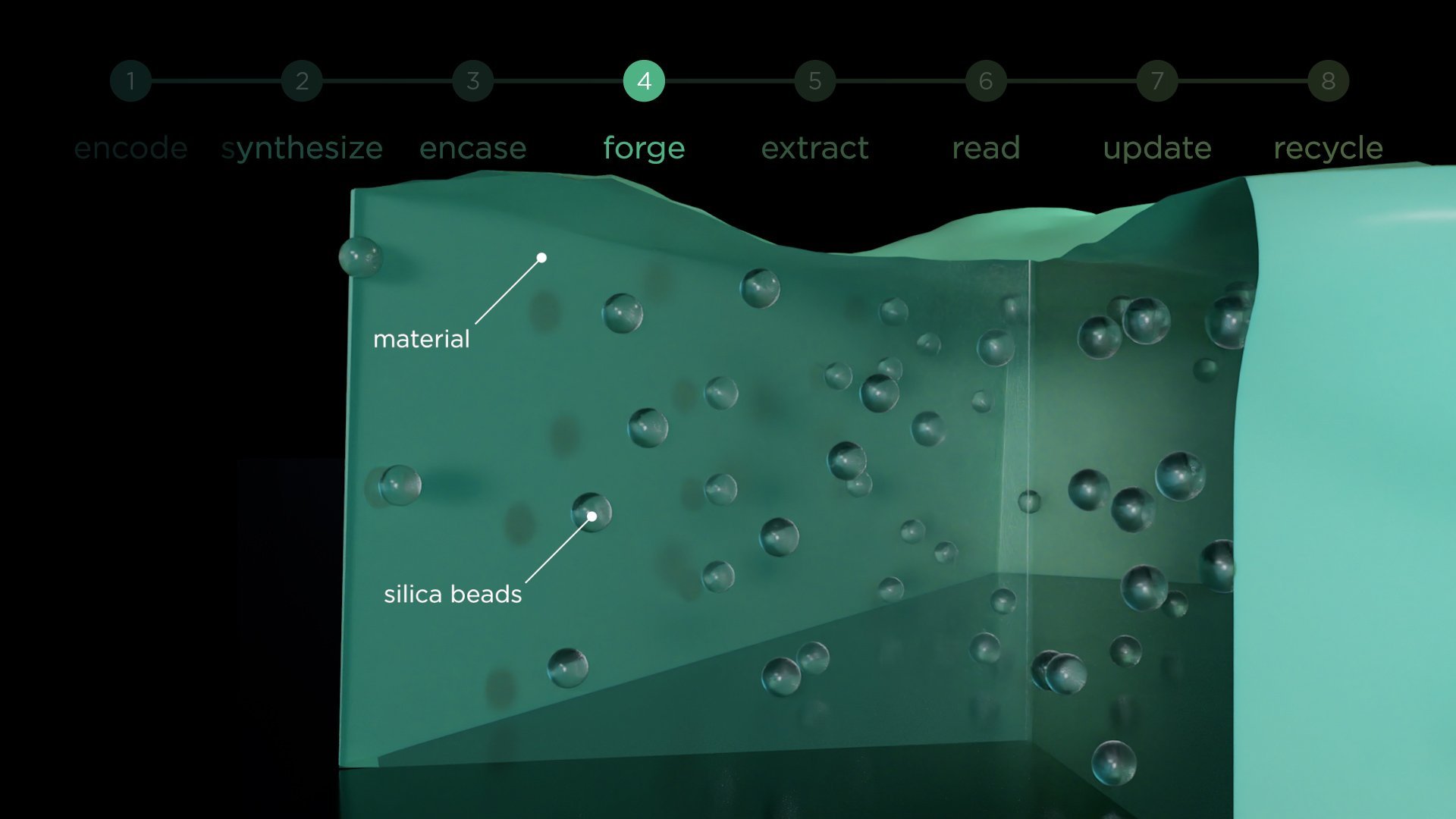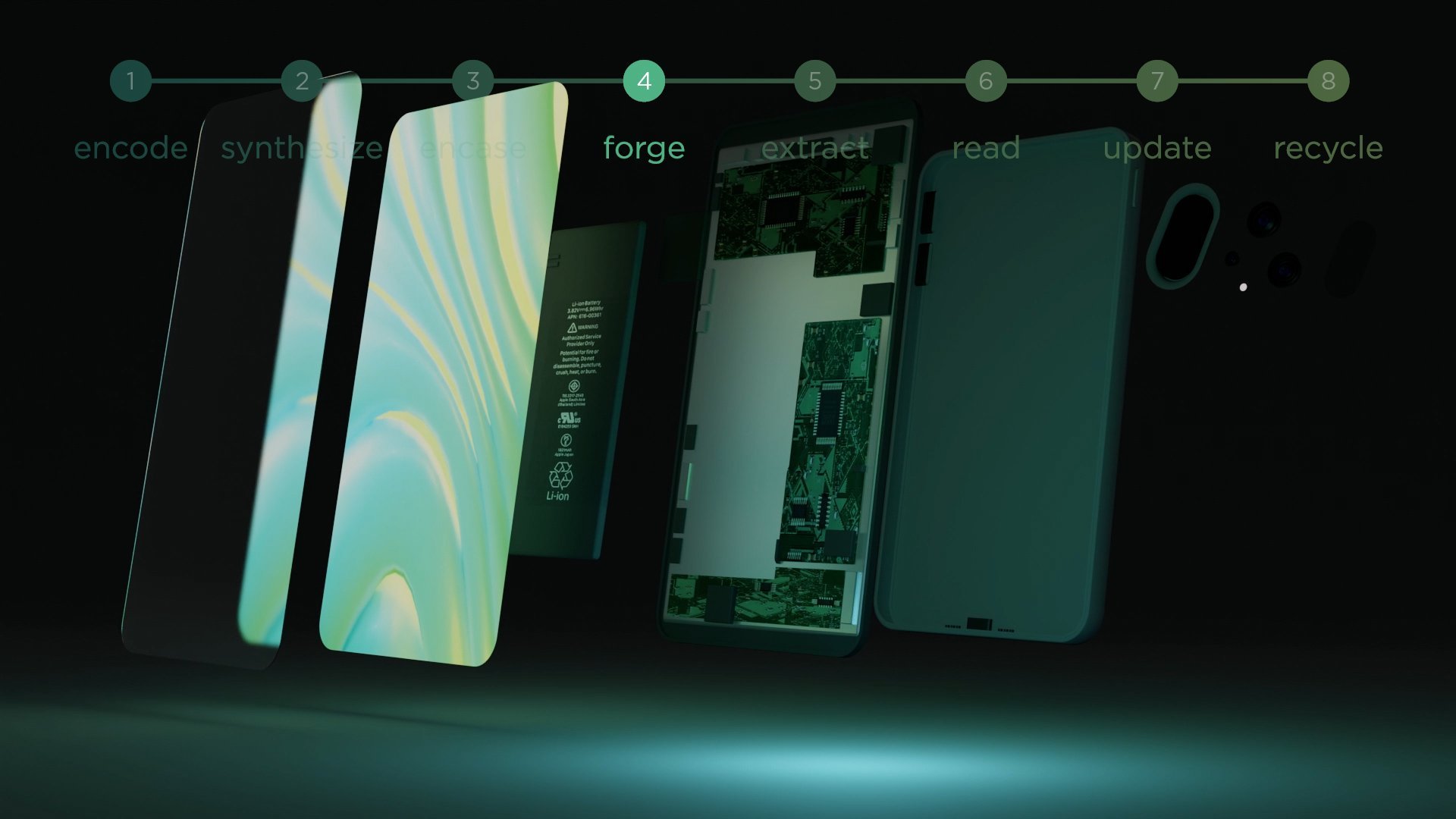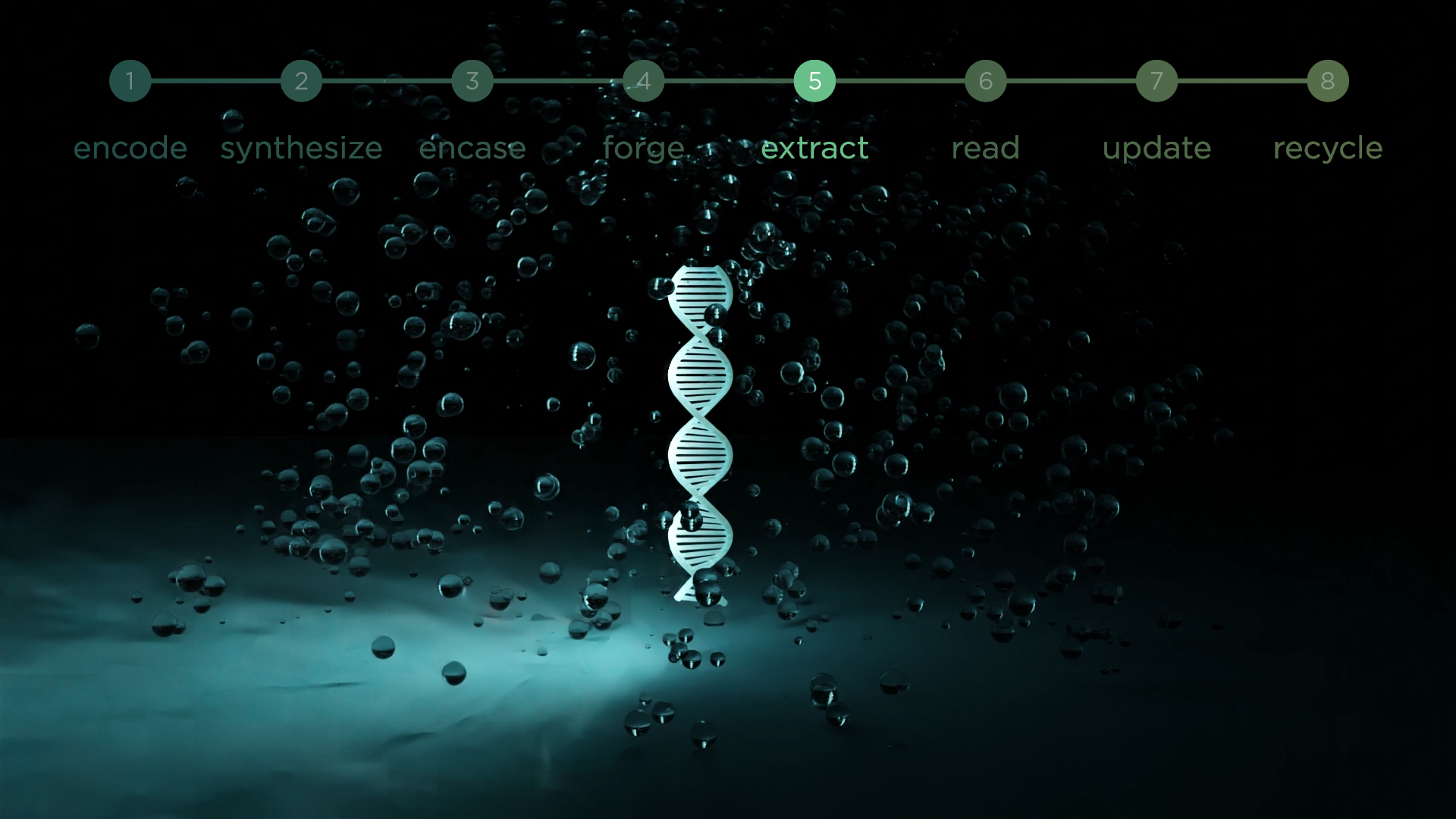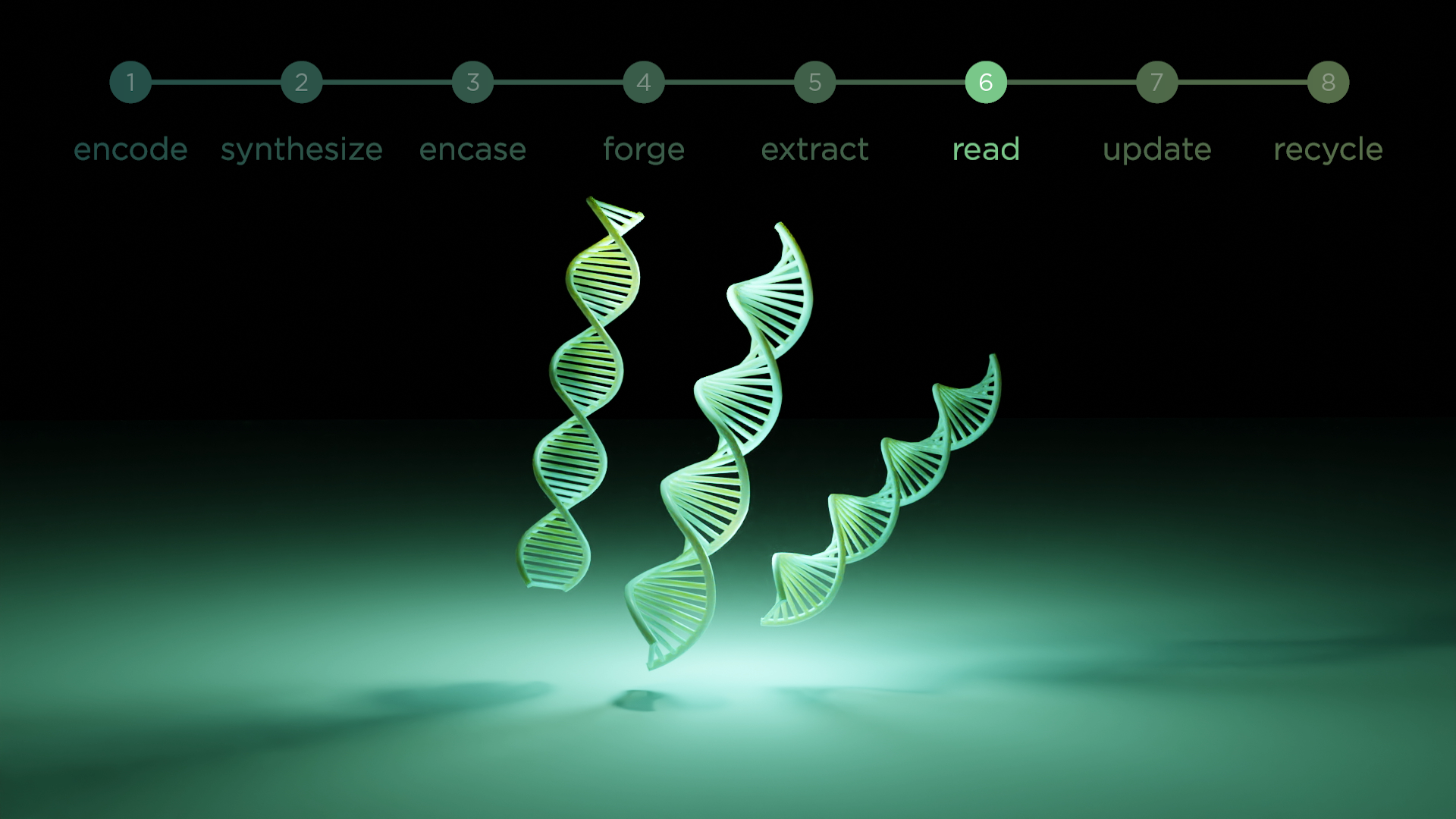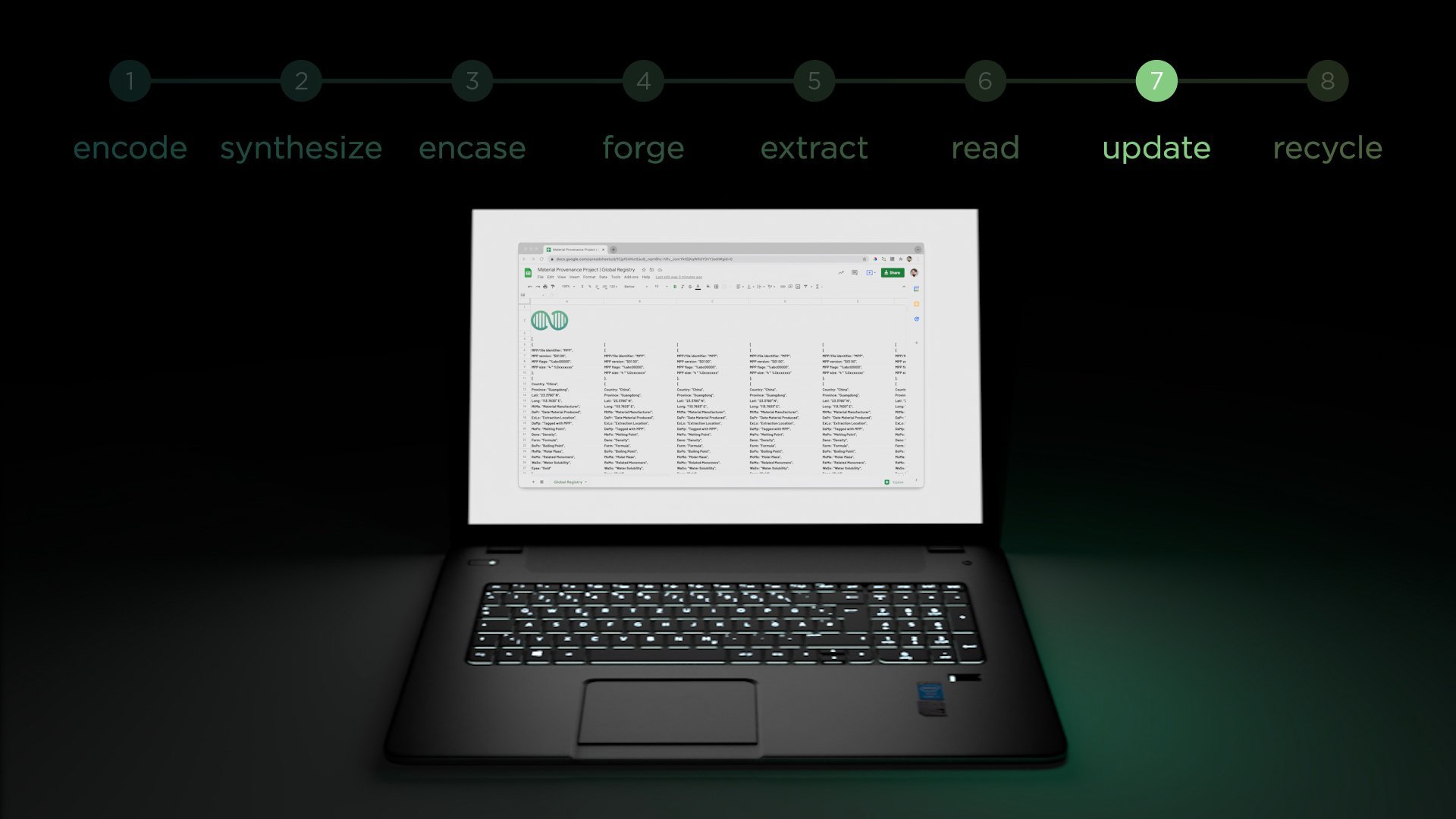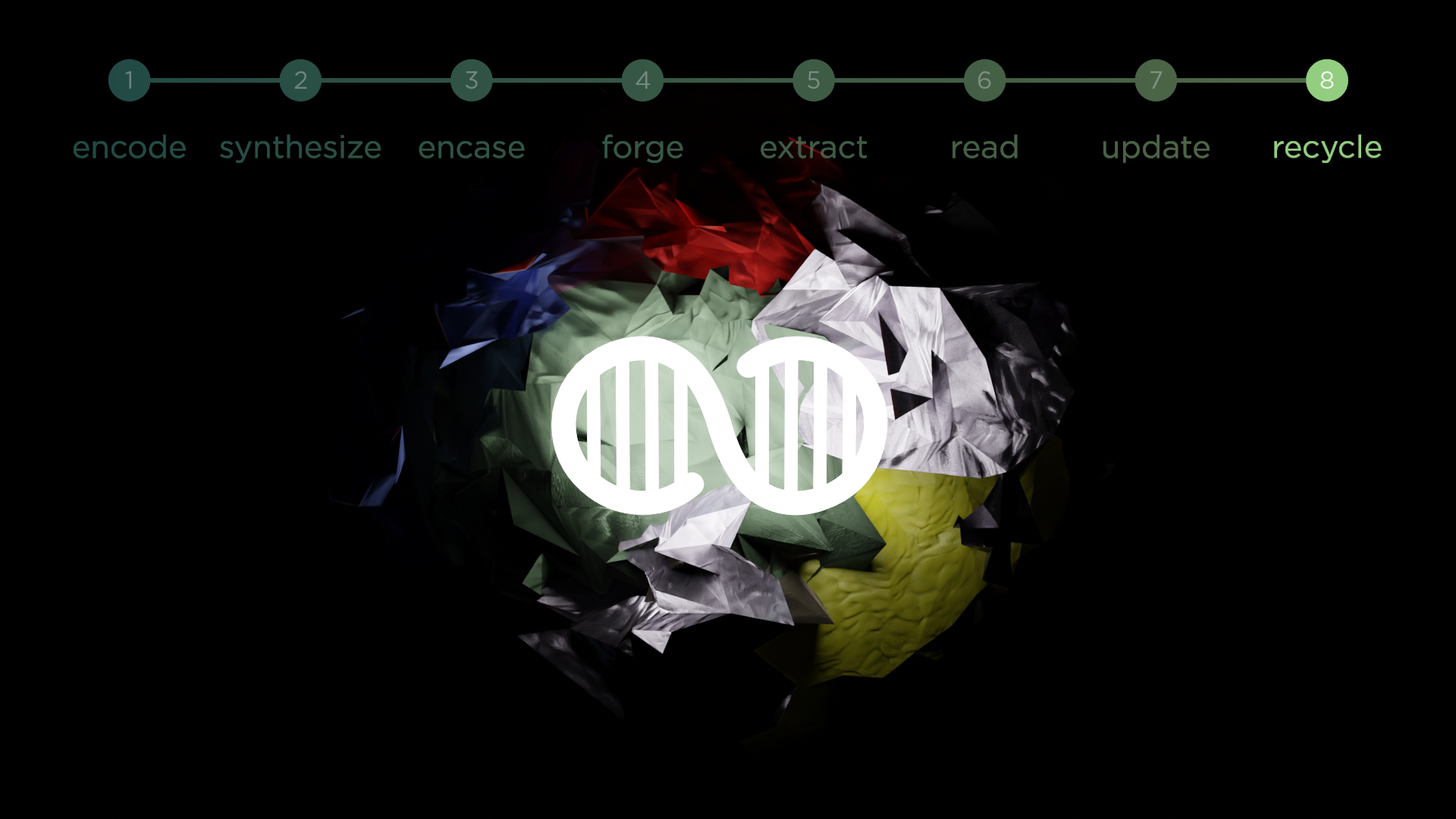At Bell Lab’s internship program (summer 2019) , my team was given the following challenge:
Can we go beyond the limitations of spoken and written word in emotional communication?
We addressed this question by combining three key concepts:
Music is the language of sharing emotion
the principles of neuroplasticity can enable us to investigate extrasensory emotional communication
Haptics may be the sensory input which enables a new layer to emotion-sharing
reserch
neuroplasticity
Music Theory
Haptic technology
mapping
Haptics to emotions and emotions to music:
Through the mapping process of integrating music and haptics, we created a set of haptic messages, each with a specific emotional signature.
haptic cuff
We used the haptic cuff developed by our colleagues at Nokia Bell Labs, Cambridge.
This specific cuff consists of a 2x2 matrix of individually addressable piezo actuators that we programmed to play the haptic messages.
user testing
We tested haptic messages to measure the accuracy of emotions evoked/felt by the users.
The result indicated that users were able to identify the emotion presented by the haptic message. However, unlike music, the haptic feedback failed to evoke those emotions.
We concluded that in order to successfully communicate emotions via tactile feedback, we need to design technologies that integrate pressure and temperature output to replicate the power of communication via touch.

